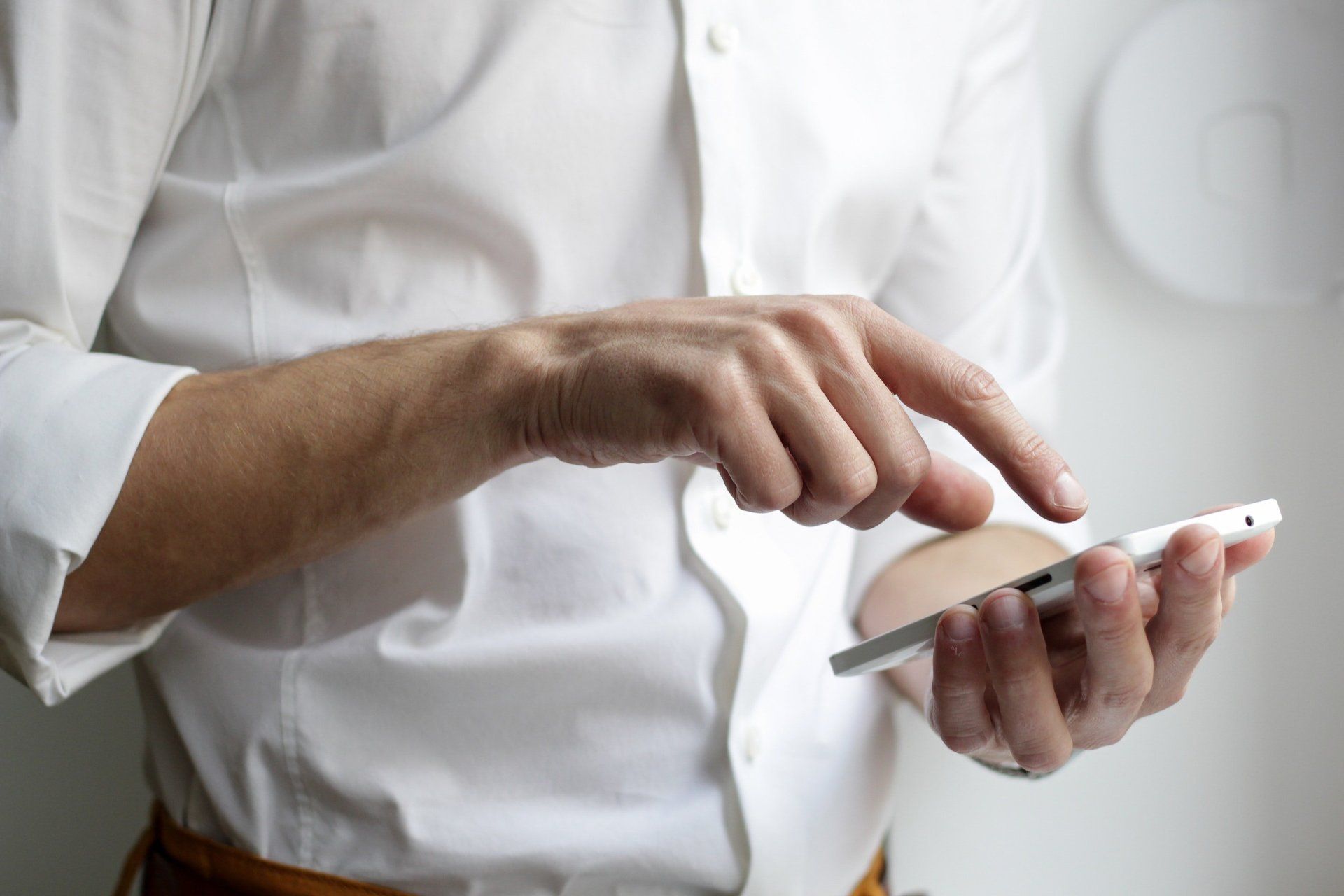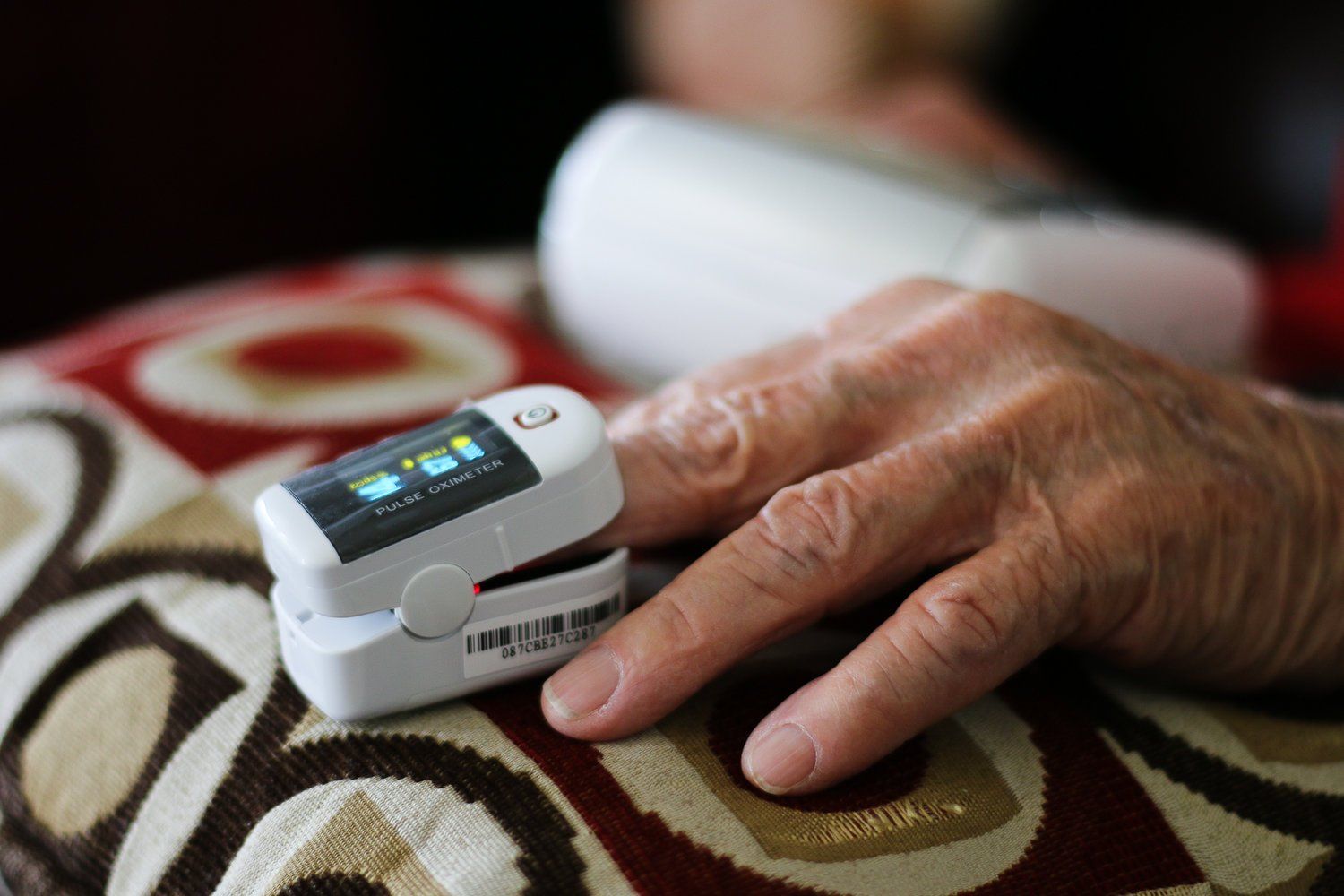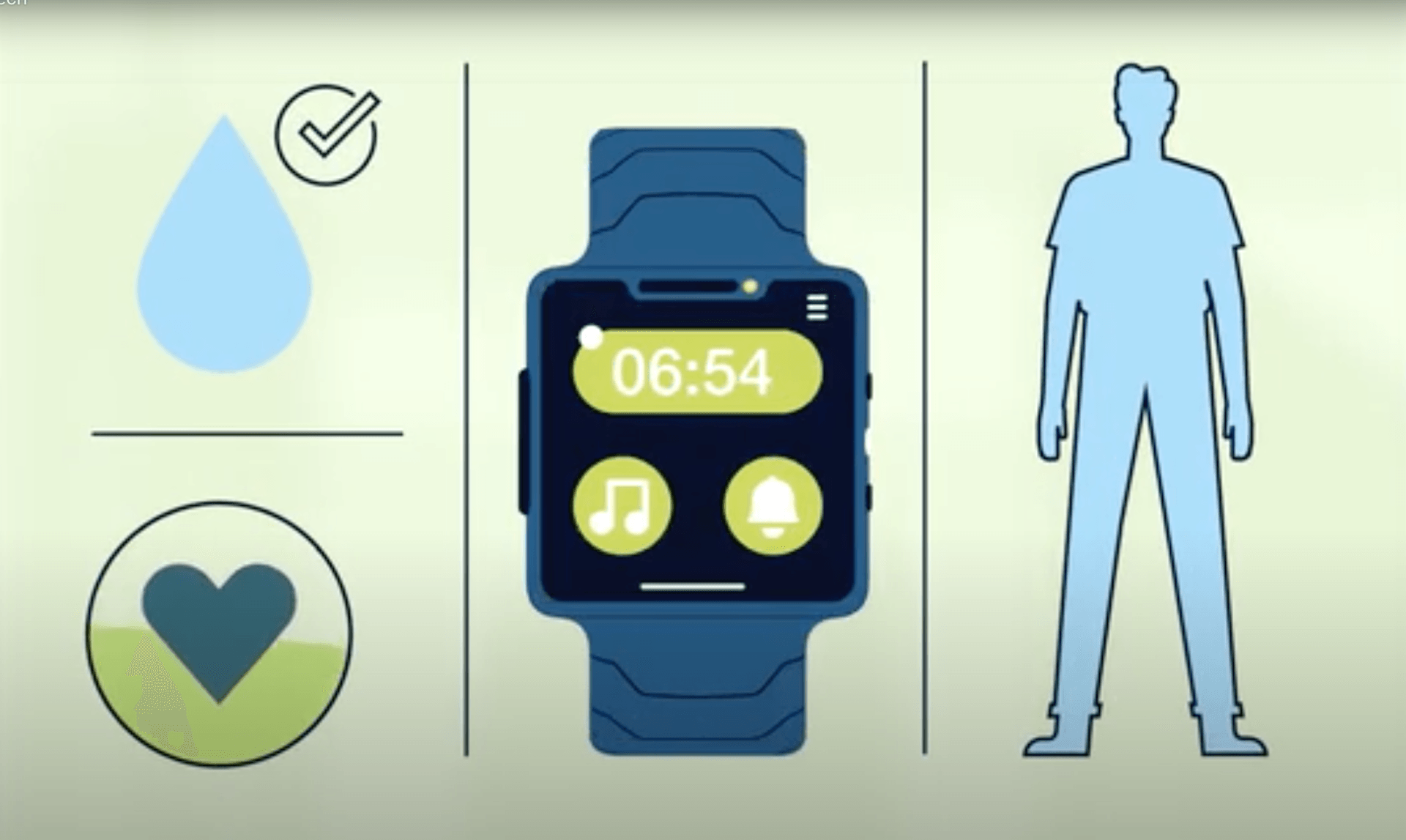Why Zoom Is Not Safe For Telemedicine?
April 8, 2020
Why Zoom Is Not Safe For Telemedicine?

There's been recent news development on Zoom's security and vulnerability flaws making it a major concern for many industries including telemedicine.
Here is a list of recent security breaches & complaints from several credible sources notably from Business Insider, Washington Post, FBI, Reuters, NPR & The Verge.
Reuters - April 10th, 2020
Business Insider - April 7th, 2020
- Taiwan's government bans official use of Zoom, days after the firm admitted to 'mistakenly' routing some calls through China.
The HIll
- April 6th, 2020
NPR - April 3rd, 2020
Washington Post- April 4th, 2020
- Thousands of Zoom video calls left exposed on open Web. Many of the videos include personally identifiable information and deeply intimate conversations, recorded in people’s homes.
Business Insider - April 2nd, 2020
Vice - April 1st, 2020
FBI.gov - March 30th, 2020
- FBI Warns of Teleconferencing and Online Classroom Hijacking During COVID-19 Pandemic
The Intercept - March 31st, 2020
- Why Zoom Meetings Aren't End-To-End Encrypted, despite misleading marketing.
Vice - March 26th, 2020
- Zoom iOS App Sends Data to Facebook Even if You Don’t Have a Facebook Account Zoom's privacy policy isn't explicit about the data transfer to Facebook at all.
The Verge - Jan 28th, 2020

The weakness of the present healthcare system revealed by the Covid-19 crisis, along with the rise in chronic diseases associated with lifestyle changes and a rapidly aging population worldwide will shape the future of healthcare. Next-Generation Research Analyst Dr. Damien Ng took a close look at recent developments in digital healthcare, genomics, and extended longevity.
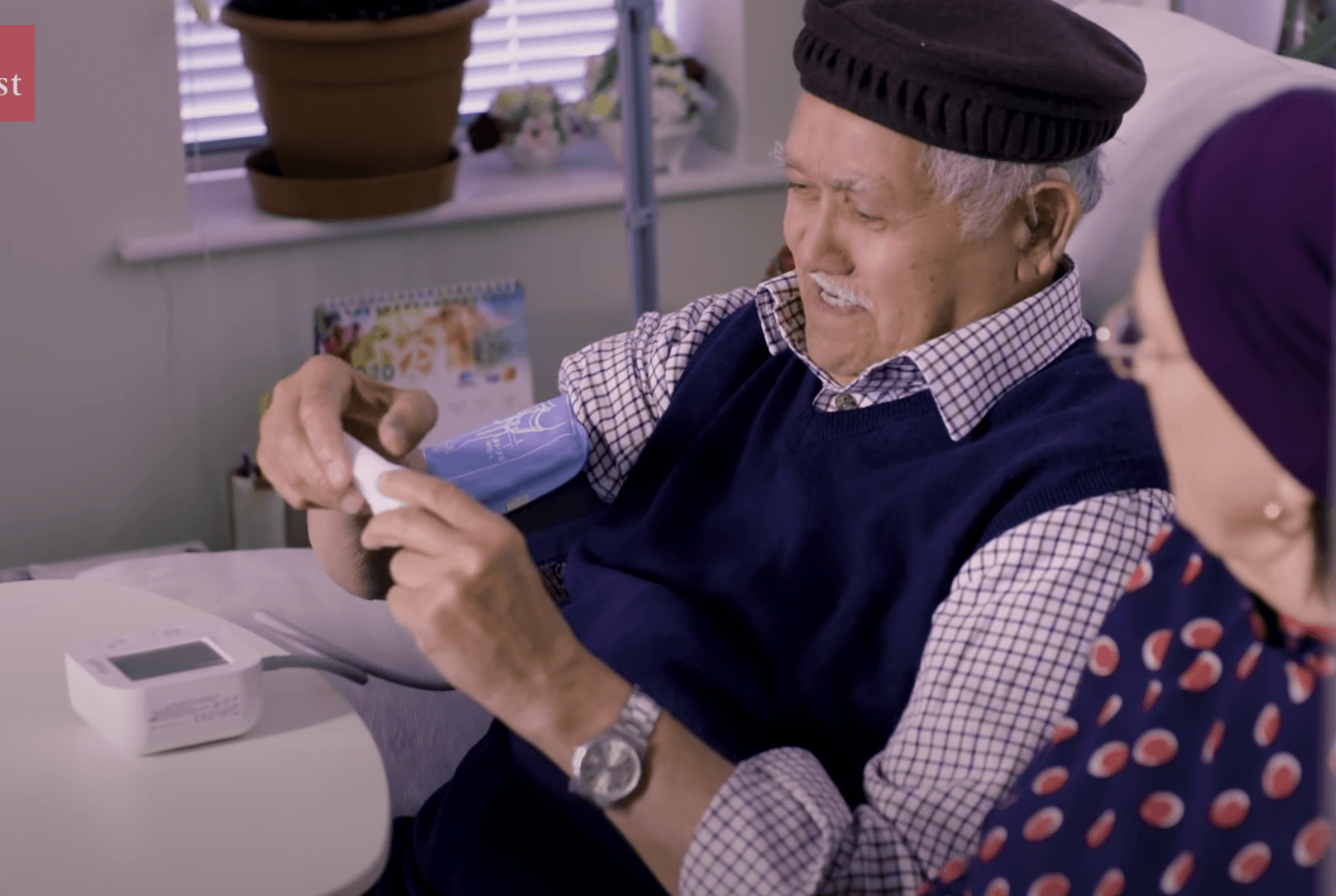
The COVID-19 pandemic has affected many elderly from receiving proper care. It has further highlighted problems faced by the elderly with dementia and chronic diseases
In this video presented by The Economist, watch how COVID-19 pandemic has impacted the elderly and how we can strive to improve the efficiency for elderly and chronic care with the rise of remote patient monitoring technology.

Improvements in technology and changes to insurance reimbursement rulings have helped increase the acceptance of telemedicine. Without it, doctors and therapists wouldn’t be able to connect with patients as easily, especially during the pandemic.
As telemedicine has become widespread, professionals and patients have grown more comfortable connecting virtually. Telemedicine isn’t meant to take the place of face-to-face visits. While it does have some disadvantages, which we’ll get into later, its benefits are undeniable.
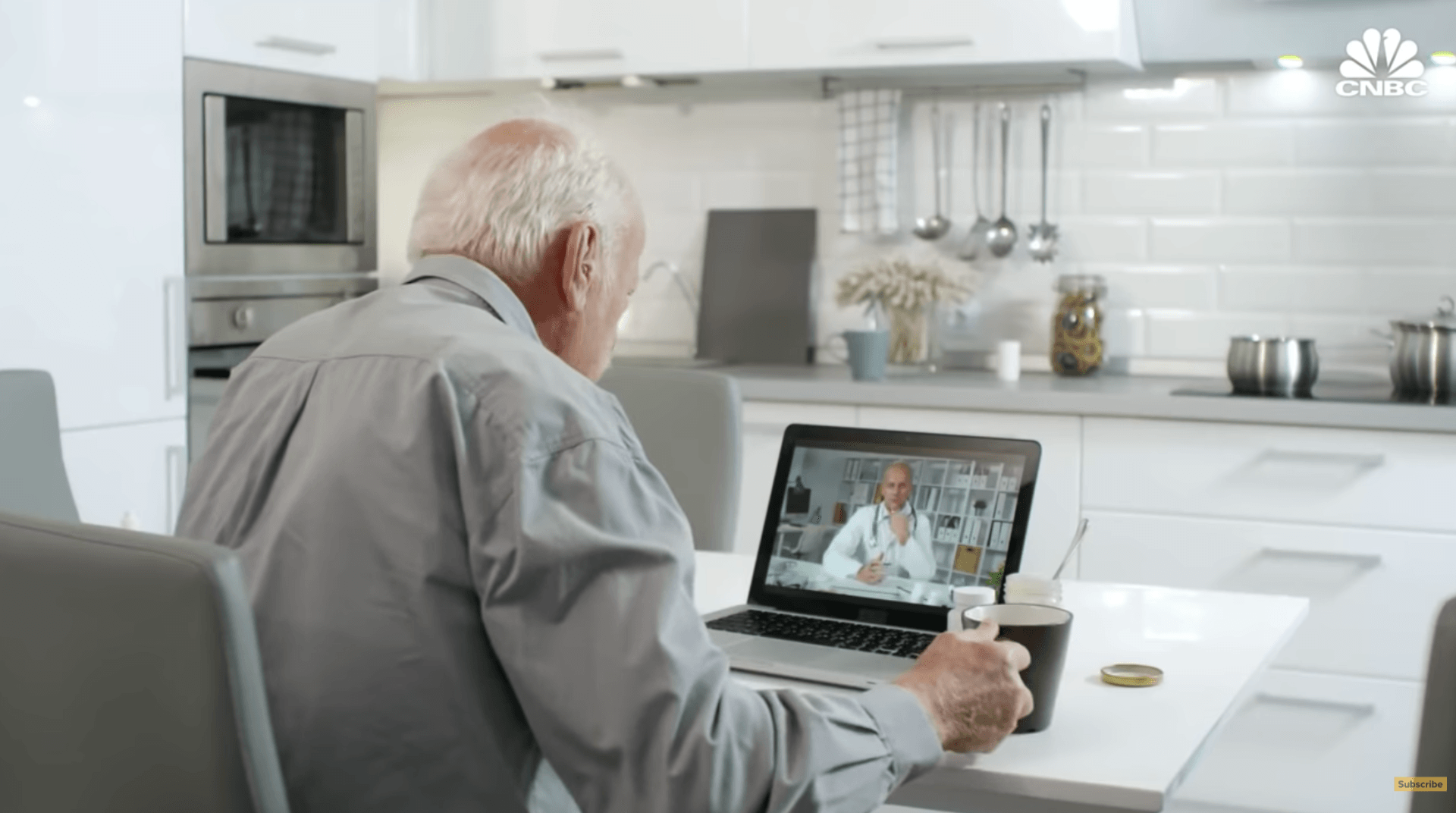
Telemedicine termed a 'silver lining' of the coronavirus pandemic. This time, it might just be true.
Telehealth use surged from 8% of Americans in December to 29% in May as primary care, mental health and specialists turned to remote care out of necessity during the COVID-19 pandemic, according to a UnitedHealth Group report.


